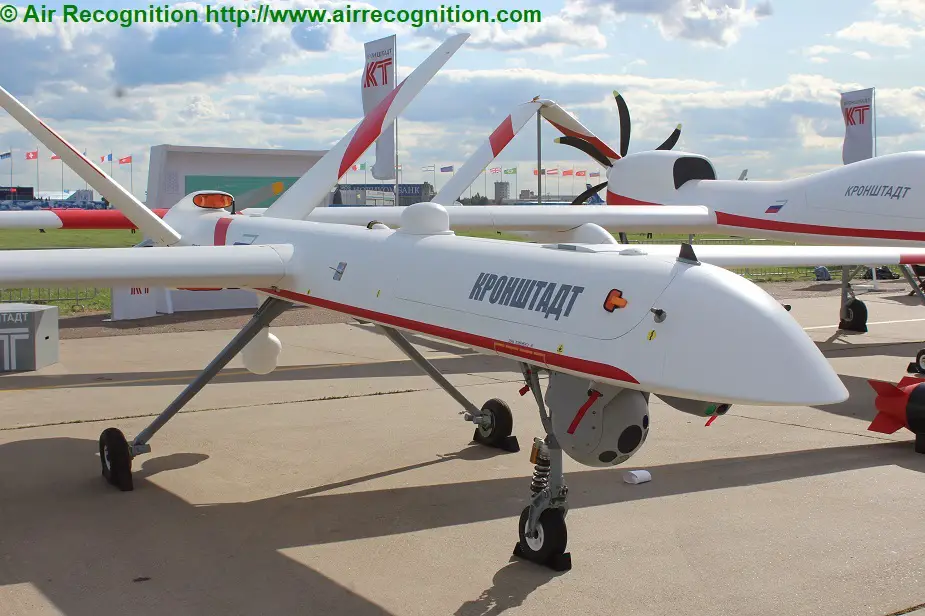Russia continues creation of medium, heavy drones - part 1
The Russian military detected over five thousand foreign reconnaissance drones approaching the Crimean coast in the past five years. NATO is soon to get a new US Global Hawk drone for air reconnaissance of ground targets. Gazeta.ru writes whether Russia has a response.
 Orion-E (Picture source: Air Recognition)
Orion-E (Picture source: Air Recognition)
After several years of delays, NATO began to create Alliance Ground Surveillance (AGS) air reconnaissance. RQ-4 Global Hawk Block 40 strategic drones with multi-platform new generation active phased antenna array MR-RTIP are a part of it. AGS will monitor land and water surface round-the-clock in real time. It has to provide more details than satellites.
The technology is of interest for other countries willing to create similar reconnaissance and combat drones.
As for Russia, the design of medium and heavy drones is ongoing along several guidelines. In April 2019, the Russian Aerospace Forces for the first time engaged Orion-E combat drones against terrorist objects in the Syrian province of Hama.
Orion was initially designed as a reconnaissance long-flight vehicle. In 2017, it was demonstrated at MAKS airshow and Army forum. It was decided to add combat functions to it. In contrast to the USA, Israel and China, Russia did not have combat drones before.
Orion-E has a wingspan of 16 meters and is 8 meters long. It can carry four air-to-surface munitions. The cruising speed varies from 120 to 200 km/h. The practical ceiling is 7500 meters. Maximum flight duration is 24 hours. The combat engagement radius is 300 km. The Aerospace Forces plan to accept the integrated reconnaissance-combat option into service after the drone was engaged in Syria.
As for heavy strategic reconnaissance drones like Global Hawk, the list of countries capable of developing them is short. Russia is among them.
Expert Denis Fedutinov said the Defense Ministry wanted the designers to create an unmanned aerial vehicle capable of engaging in the whole range of reconnaissance missions with optical, radio and radar means.
The design called Altair was entrusted to the Simonov Bureau (previously Sokol). The research cost over a billion rubles.
A contract was then signed for R&D worth 3.6 bln rubles. Close to 3 bln rubles were paid for the three completed and accepted stages.
"However, the Simonov Bureau encountered technical and organization difficulties. They triggered financial problems. There was a lack of money for the research and payments to counteragents," Fedutinov said.
Already at the third stage, the bureau faced problems that threatened the whole project. The fourth stage of factory trials had to be completed in late 2017, but the Simonov Bureau failed it.
Informed sources said it became clear that additional funds are necessary for the project. They were estimated at close to one billion rubles. "The Russian Defense Ministry faced a difficult situation. It was clear that despite major costs the project of high-altitude long-flight drone was on the brink of collapse," he said.
The list of companies ready to complete the unfinished project was short. One of the candidates was the Ural Civil Aviation Plant of the United Engine Corporation.
© Copyright 2019 TASS. All rights reserved. This material may not be published, broadcast, rewritten or redistributed.


























